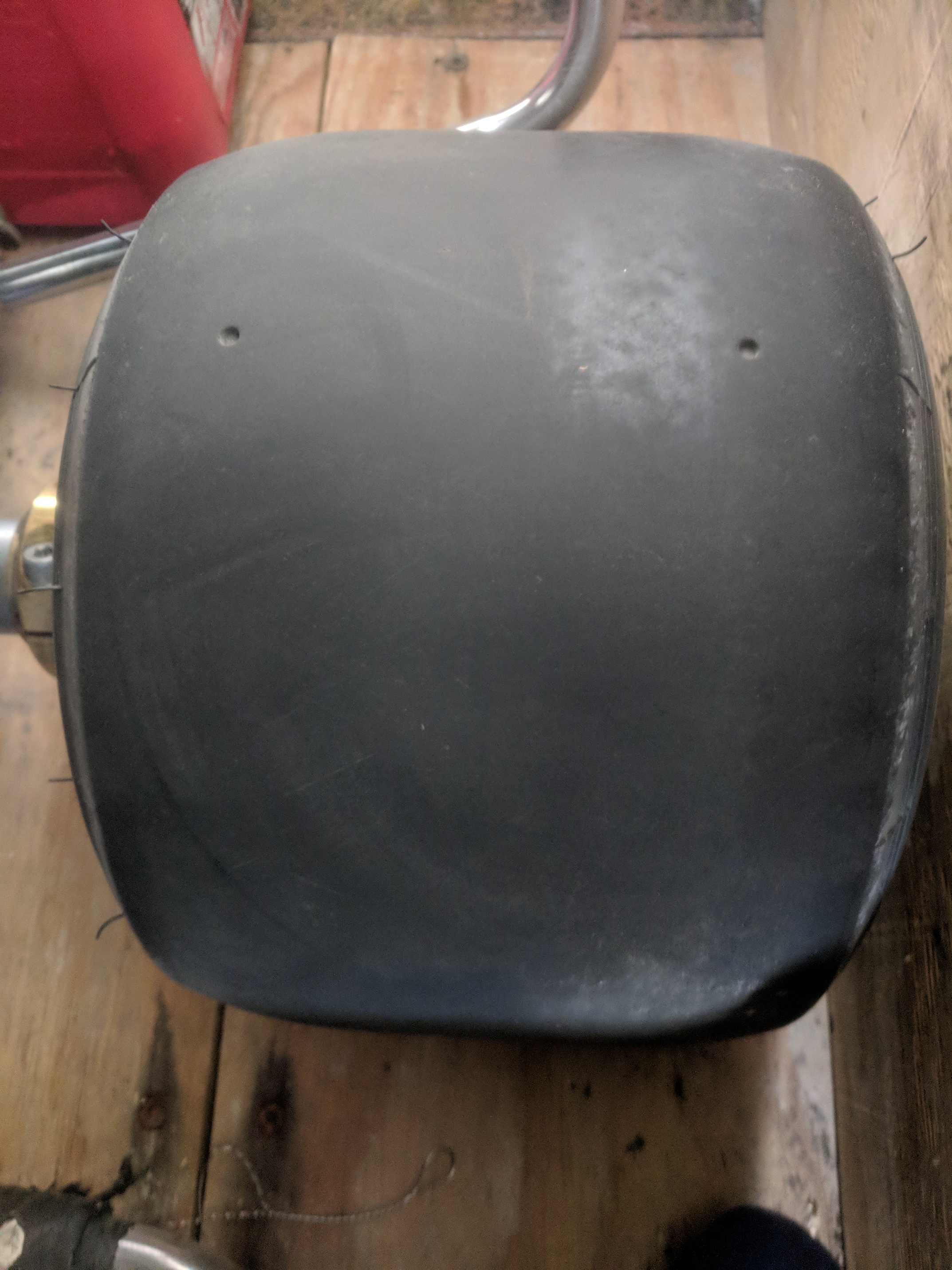Thanks. Without pictures, it’s really hard to discuss this, since, as you say, one person’s definition may be different than someone else’s.
Do you have a picture of good tyre wear?
Thanks. Without pictures, it’s really hard to discuss this, since, as you say, one person’s definition may be different than someone else’s.
Do you have a picture of good tyre wear?
That’s the biggest challenge I think. Often I’ve seen delamination described as blistering.
There’s gotta be a good resource out there for reading tires. I know there are books dedicated to tire performance.
@Christopher is a dab hand at reading them in Karting too. Maybe he’ll chime in and impart the basics.
I don’t have any good wear pictures, but the tire should be basically smooth. No bumps, no waves.
3 posts were split to a new topic: DIY Tire Temp Monitoring with Arduino
This question may be more than just about tire pressures so feel free to move if it’s on the wrong location. This weekend I had ran for the first time on a newly paved track and it was cold out, wear I could not find grip, at all, literally became a drifter over night lol. Now I was running the same psi I ran last year where the grip was plenty on the old track, my question is when your running on a track with no grip do you typically run higher pressures or lower? I was thinking lower since your sliding? I did try to swing the front and rear to a tighter setup with no luck.
How did others seem to compare?
Sometimes when the track is fresh, the sealant on the pavement offers so little grip that playing with pressures has limited effect. The traction is so low. All you can do is make the most of your chassis setup to get it close the the balance you want.
Otherwise, since a new surface is a wide swing in surface condition, might as well take a wide swing at pressures… try high, try low and see what happens.
I would agree with James that on a newly paved surface, there isn’t much you can do with pressures usually. It’s just going to be a skating rink no matter what. I would try higher pressures first though, just to see if getting some extra heat in the tires has any effect.
Otherwise, it’s going to be about putting a lot of grip into the chassis and doing the best you can. Fortunately in those situations, everyone is in the same boat.
If you have a wet setup, you could nearly throw that on and “loosen” it from there. You have a similar situation to the wet in that with the reduced grip there’s not enough lateral force to really unload your inside rear wheel. So you add more caster and/or track width on the front to help it lift the wheel on entry, and narrow the rear track to help keep it up there a little longer.
Thanks for the input! Everyone was in the same boat and times were definitely slow. It just seemed like the more experienced drivers were finding more grip than me, but I’ve never raced or setup for rain before so I figured I would try chassis changed before touching tire pressures figuring those were bigger swings then just a few psi… I definitely noticed how much I needed to adjust my driving( or lack there of) but I’ll touch on that in another post and leave this one to tires… it’s the first time I’ve ever seen my tires look so smooth after driving, yikes 
Like a baby’s head. 